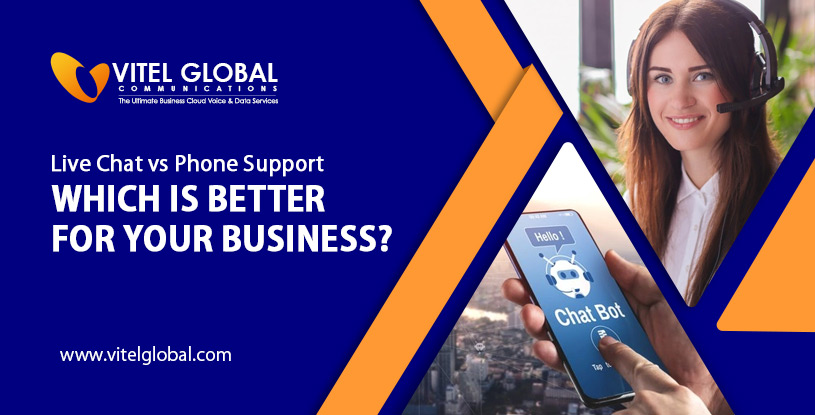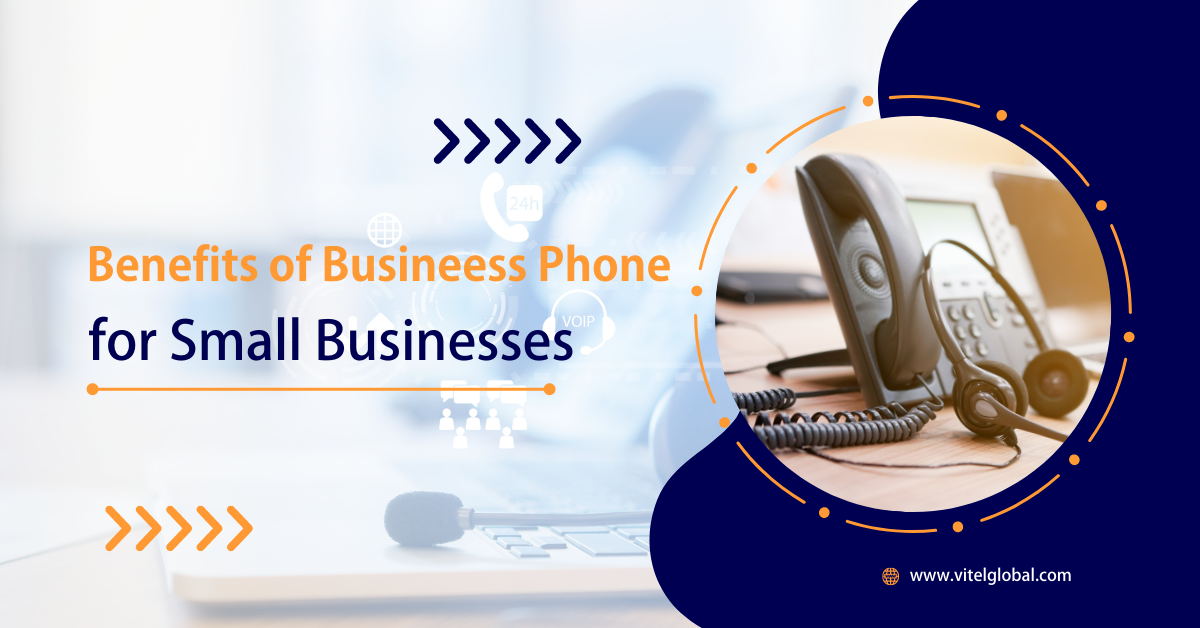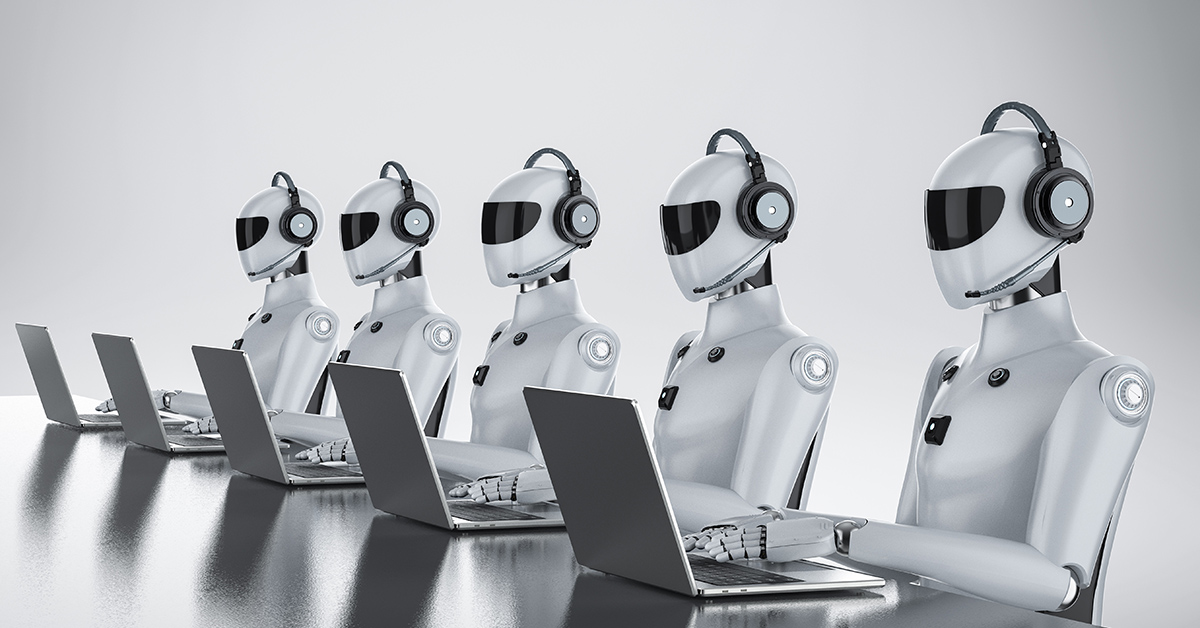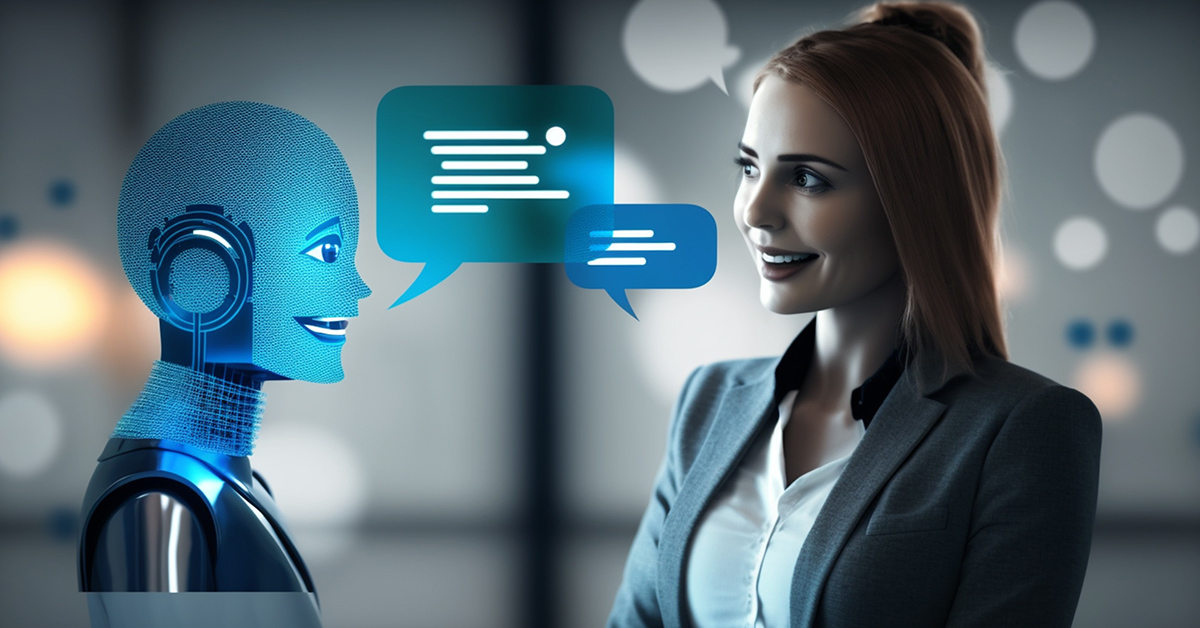Differences Between The Call Center And Multichannel Contact Center
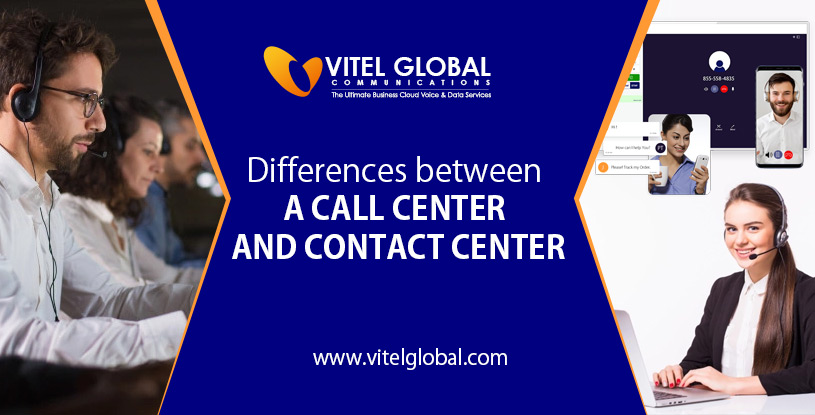
5 min read
Before the evolution of the Internet, many companies relied on a Call Center for customer service and support. These centers were large and efficient, with one or more central support lines staffed by trained representatives. Although these centers were effective in providing high-quality support services. They also required a Small Business Phone Services resource to operate effectively.
In recent years, however, technology has allowed companies to have their customers contact them through multiple channels. An approach referred to as Multichannel Contact Centers (MCAs). It offers customer service that is more immediate and convenient than traditional call centers while also providing high-quality support services.
What Is A Call Center?
A customer contact center is a facility operated by an organization to receive and handle customer service telephone calls, such as inbound telemarketing.
- It is the place where the service agents render support and services to customers coming up with issues or queries related to their company products.
- Support their customers through phones
- The agents rendering services through the call center are well-trained and professional
- They perform functions like giving training, call quality assessment, workforce management, and others.
- Support the technology ACD means automatic call distributor
- Concentrates mainly on customer satisfaction over the calls attended.
- This is data-driven like the calls answered, and missed are stored in the databases.
- Call center agents can handle a single call at a time.
What Is A Multichannel Contact Center?
A multichannel contact center combines a call center with other channels such as email, chat, or SMS (text). It helps in providing support for different types of customers. A common application is order processing and tracking, where customers may prefer to track their purchase online rather than phone the company. The need for this type of service has increased due to the rise of e-commerce websites. Which allows people to buy items online without needing personal assistance from the company that sells them.
- Multichannel Contact Center reaches customers through social media, messages, email, live chat, and more apart from phones.
- Contact centers can shift from one media to another media channel easily during the interaction.
- Contact centers can handle two or more customer issues at a time by a single agent.
- Supports multichannel support
Difference between Both
The goal of every organization is to increase customer satisfaction. Therefore, the company should give better service to its customers. When it involves customer service, organizations are investing big in the call center facility.
The major difference between a traditional call center and an MCAS is that most call centers are designed to provide a certain amount of service to answer calls they receive. MCASs are designed to answer 100% of the calls they receive. This large contact volume makes for a high Level of Service (LOS). These high LOS levels can be achieved in two ways. Firstly, with an automated system that answers all incoming calls, and secondly, by having agents available to respond to all incoming calls.
An MCAS is also different from a traditional call center because it has become more sophisticated. The only way that an MCAS can provide high-quality services is to have advanced technology and equipment in place. This technology includes automated call routing, learning algorithms, and speech recognition systems. These systems are designed to route calls and provide a higher level of service than would be possible with a traditional call center, while not requiring as much support from agents.
Another difference between the two lies in the goal they set out to achieve. A traditional call center just wants to answer calls. While MCAS also wants its customers to make purchases or sign up for services, etc. Some companies, for example, have decided to invest in MCASs because it is easier to sell products and services over the Internet than over the phone, and finding a live person is more difficult.
It must be noted that an MCAS is not a complete replacement for a traditional call center. It is common for companies to purchase an MCAS only when they need some sort of customer service or support provided to their customers by phone.
Number Of Issues
- Contact centers: The number of issues resolved is more and quicker by the contact centers through email, phone, chatbots, and other social media.
- Call centers: The number of issues resolved is limited as they are resolved through live calls compared to the contact center.
IVR vs ChatBot
- Call centers support the IVR system where customers select the options in the call depending upon their issue to register the complaint or talk directly to the agent.
- Contact centers support chatbot systems where agents deliver the solutions to the customers directly on the chatbot and if the customer is not happy with the solution, then the agent leads the call directly to the relevant technician.
Automation Service
- Contact centers follow the automation technology to route the customer ticketing process which includes giving priority to the tickets, categorizing the tickets, updating, and streamlining the issues are done automatically.
- Call centers don’t implement automation services.
Software Integrations
- Contact center supports software and data integrations that help to resolve the issues quickly, retrieving the data of the customer and others can be done easily.
- Call centers don’t support data and software integrations as they function completely on phone calls and they prefer working with business phones integrated with CRM.
Multiple Ways
- Contact center approaches customers in multiple ways
- Call centers reach the customers only through phone calls.
Call Waiting
- Contact centers do not allow their customers to wait in the call queues.
- Call centers make their customers wait in queues as they rely only on phone calls.
Approach
- Contact centers follow a proactive approach.
- Call centers follow a reactive approach.
Efficiency
- The contact center’s efficiency is high as it handles more customer issues from different platforms and sources
- Call center’s efficiency is average as they handle average queries of customers compared to contact centers.
Traditional vs Modern
- Contact centers follow modernized technologies and approaches to reach customer queries hence referred to as “modern centers”.
- Traditional centers are nothing but call centers that use old approaches to resolving customer issues through phone calls.
Benefits
- Cost Effective: One of the biggest benefits of making the move to a contact center is how much you can save. A multichannel contact center enables you to consolidate your communications infrastructure, which means that you only pay for one set of hardware and software versus several.
- Single Agent: No longer will customers have to speak to different agents based on what channel they choose; a single agent will be there to help them no matter what communication channel they use, meaning that your customers speak with one agent rather than five.
- Improved Customer Satisfaction: With one agent handling all of your customers’ questions, you have a better idea of what they want and when they want it. This means that your company will be able to improve customer satisfaction and retention rates.
- Improved Efficiency: UCaaS Features and this technology give you the ability to improve productivity while saving money at the same time, which is always a positive thing.
Conclusion
The Call center has become a much sought-after business these days with most organizations opting to establish call centers to improve their customer service and the way they reach out to their customers.
These are the few differences between call centers and contact centers that prove that organizations must go for contact centers when compared to call centers to become efficient, and quicker in resolving and supporting customer issues.
Understand key differences to enhance customer service: Call Center vs. Multichannel
Explore our affordable, scalable options today!
Published: January 21st, 2022
Subscribe to Our Latest Updates
Get monthly product and feature updates, the latest industry news, and more!



